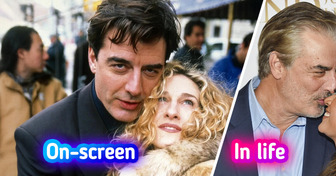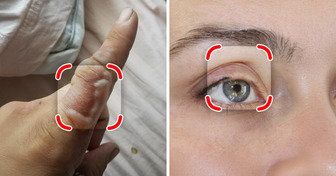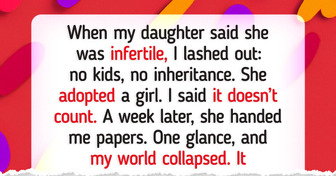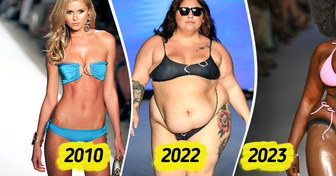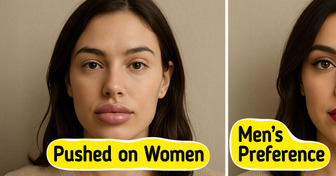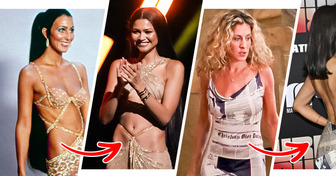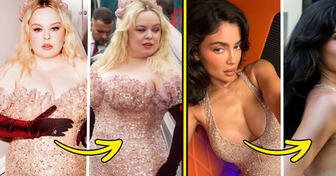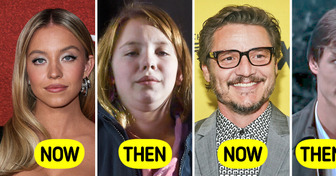“What Happened to Your Face?” Jenna Ortega’s Bold New Look Leaves Everyone in Total Shock

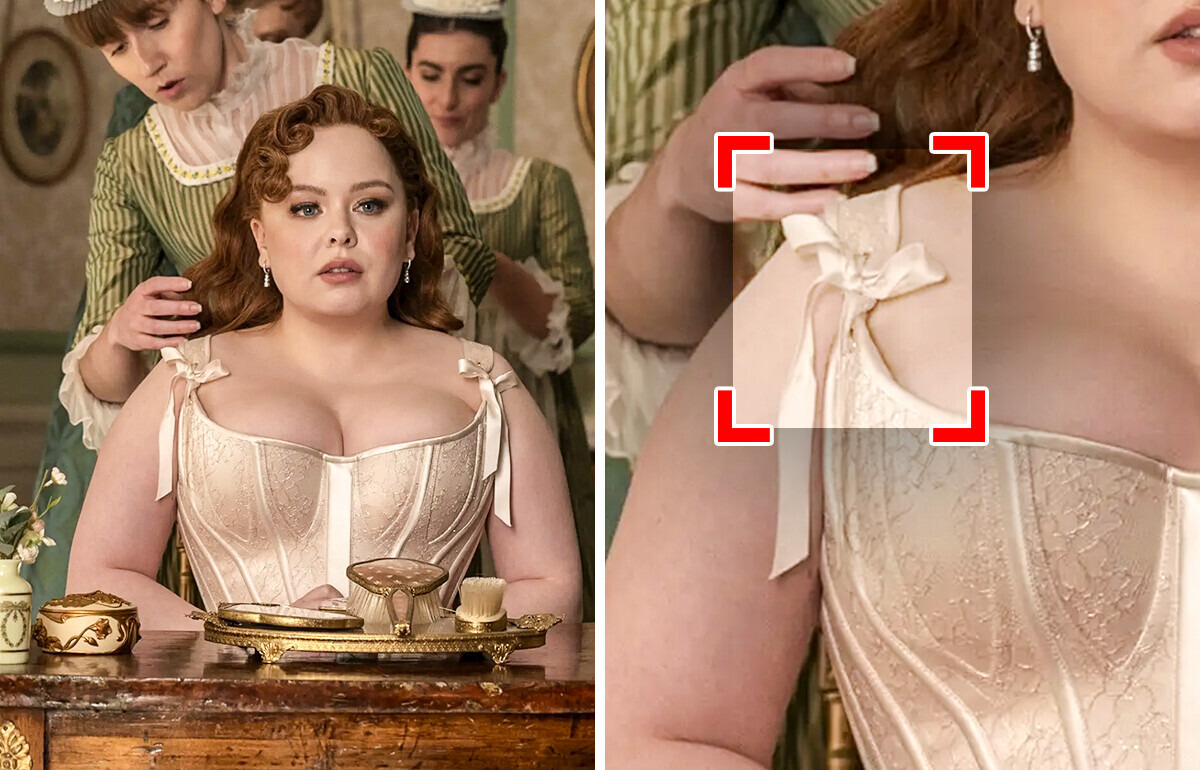
Historical films and TV series captivate audiences with their immersive settings, but keen observers often spot inaccuracies in fashion, hairstyles, or décor. While some deviations are intentional for artistic effect, others stem from the challenges or costs of achieving complete historical accuracy. In some cases, however, these inaccuracies result from simple oversights.
In the film Mary Queen of Scots, which explores the complex relationship between Queen Elizabeth I and Mary Stuart, actress Saoirse Ronan wears various pieces of jewelry, including five ring earrings in one ear. While historical records confirm that women in the 16th century sometimes wore multiple earrings, there is no evidence that Mary Stuart embraced this fashion. The earrings featured in the movie appeared too modern and historically inaccurate for the period.
The makers of Pride & Prejudice also included a notable fashion inaccuracy. In the 18th century, corsets were either structured with cups or stopped just below the bust, neither of which is seen in the film.
The film Seabiscuit, which follows the story of jockey Red Pollard and his legendary horse, features a minor but noticeable historical mistake. Tobey Maguire’s character wears a riding helmet with a chin strap—an element that did not exist during the time the film depicts. This small but important detail stands out to those familiar with equestrian history.
The 2019 adaptation of Little Women, based on Louisa May Alcott’s novel, is set in 1860s England, yet the hairstyles of its characters are not entirely accurate. The bangs seen on Emma Watson and Florence Pugh’s characters do not fit the era—back then, if bangs were cut, they were rather short, with curly strands, as opposed to the more modern styles shown in the film. Also, most women at the time preferred to wear their hair pulled back rather than loose or styled with contemporary bangs.
Sunglasses in the 19th century? Definitely not historically accurate. Yet the titular character did wear a pair in several scenes throughout the movie. In reality, sunglasses only appeared in the 1920s.
Troy also received some backlash for some of its historical inaccuracies, one of which involves a misplaced umbrella. In a particular scene, the main female character, Helen, is shown using a refined pink umbrella that would not have existed in ancient times. Historically, umbrellas made their way to Greece and Rome from Egypt, where they were originally made of materials like feathers, palm leaves, or papyrus.
Take Bridgerton, a recent and very popular historical romance series. It’s filled with exquisite period-inspired costumes, which are also partly inaccurate. The leading ladies, for instance, wear corsets directly against their skin, whereas historically, women would have worn shirts underneath to protect both their skin and the garment. This layer would have extended the life of the corset and prevented discomfort.
Another inaccuracy in the most recent season of Bridgerton is Penelope Featherington’s gloves, or lack thereof. At this time, ladies would have worn long gloves made of something more similar to silk or satin. In this photo, Penelope is wearing what seems like cut-off gloves made of gauze.
The men’s suits featured in the film remain true to the era, while the women’s attire has been reimagined by designer Miuccia Prada. Rather than the loose, unstructured dresses typical of the 1920s, the screen showcased form-fitting ensembles with V-necklines and high-backed designs.
If you’re in the mood for more cinematic slip-ups, here’s a list of additional mistakes you may have overlooked in famous films.

